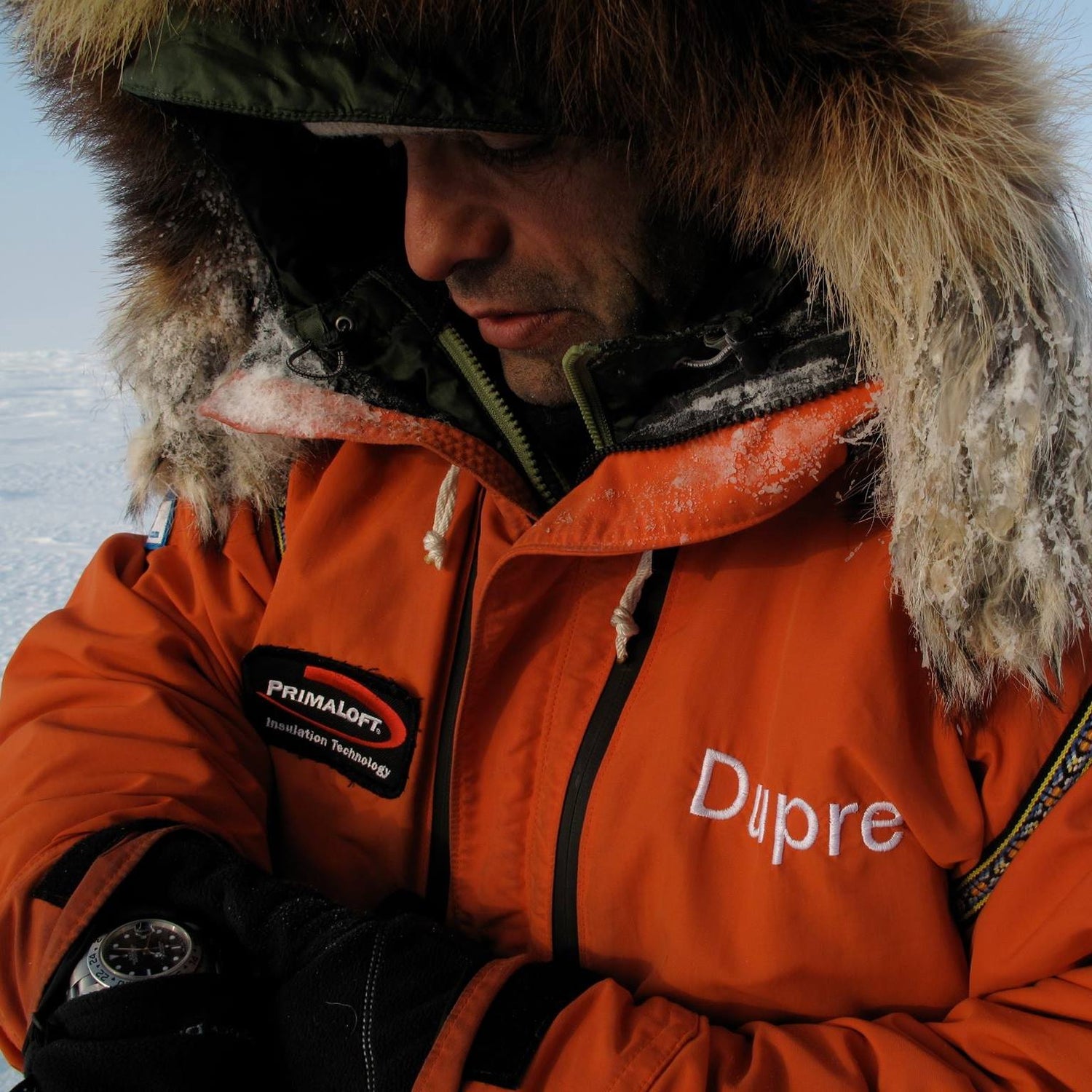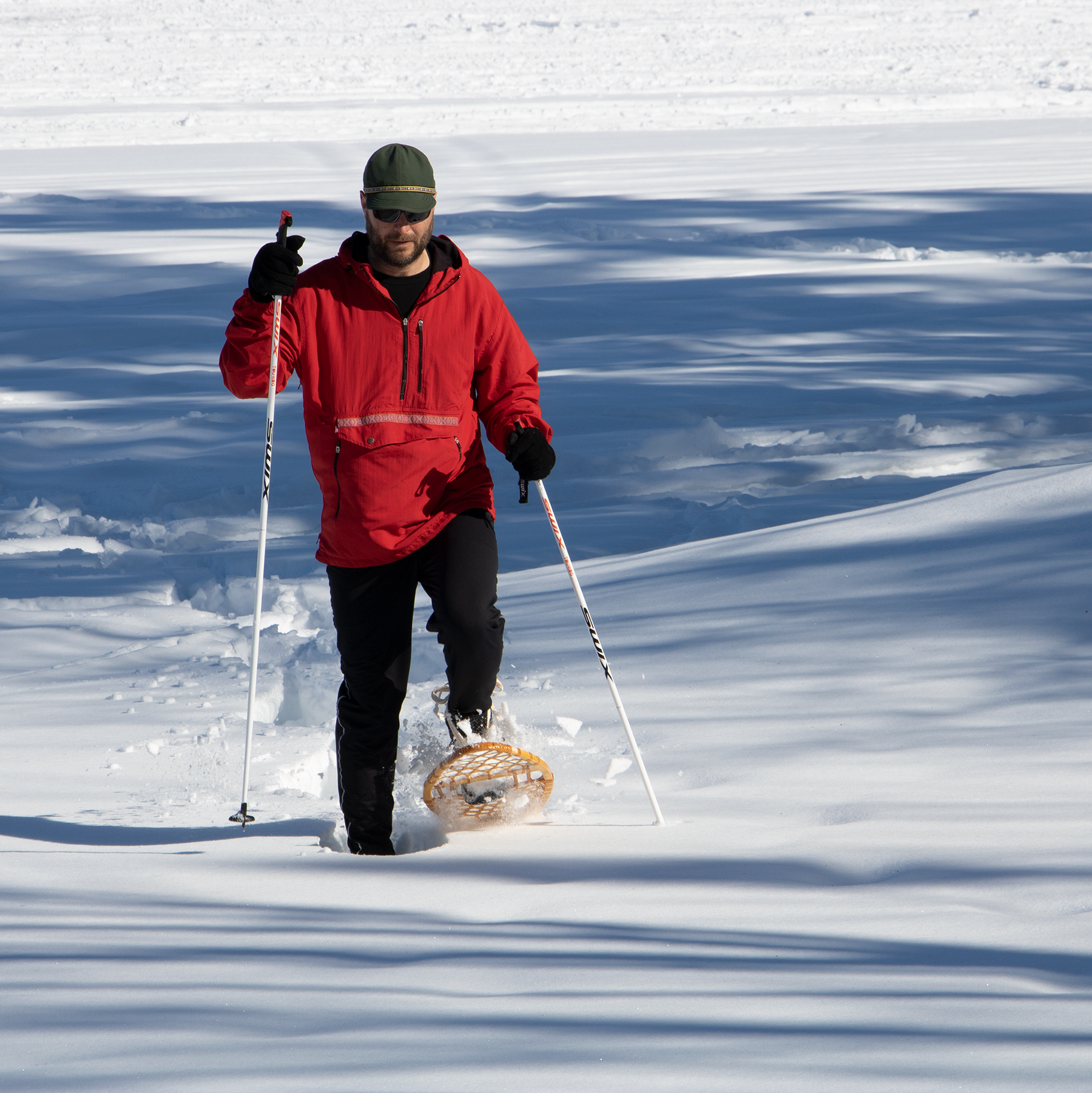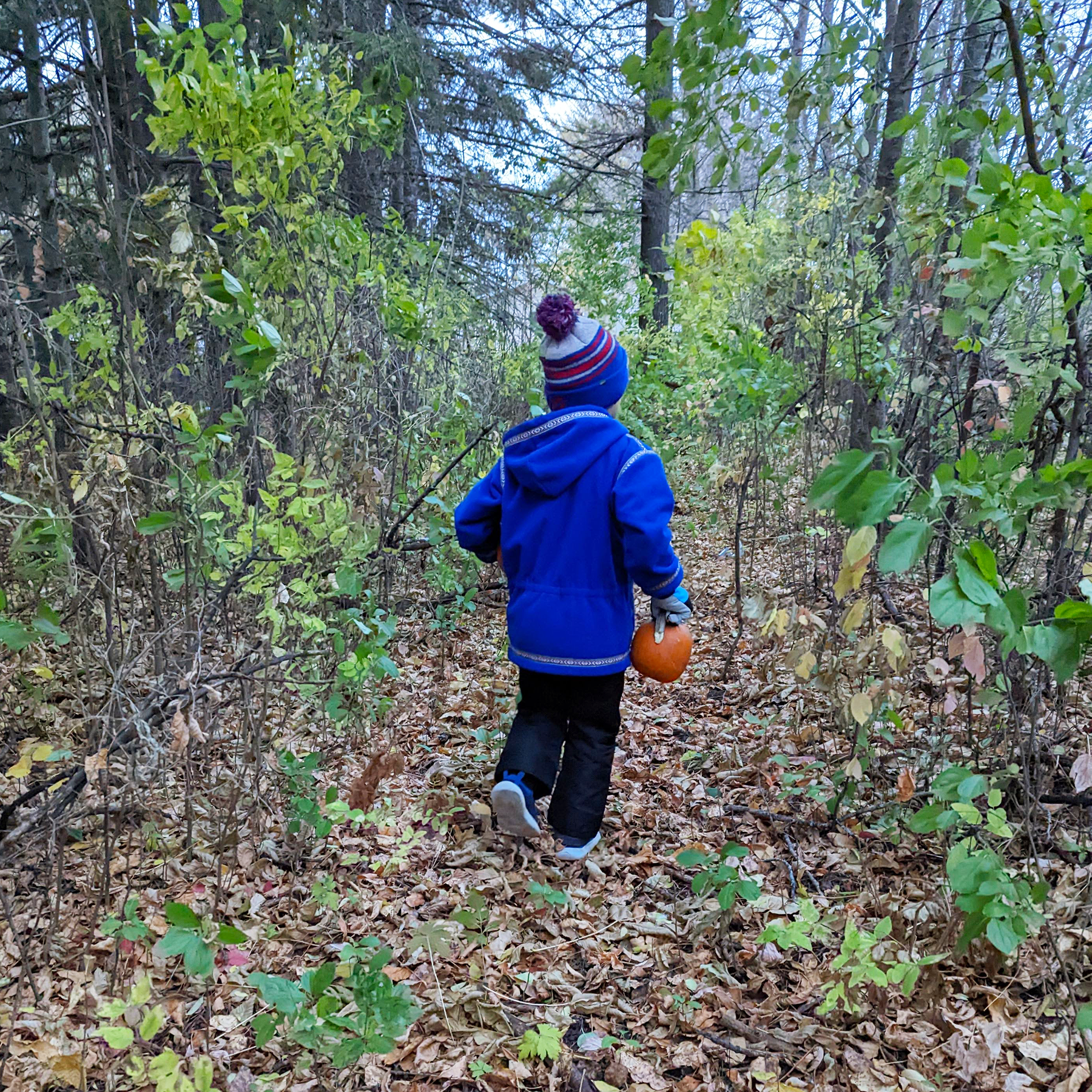Lonnie Dupre is a veteran polar explorer and Wintergreen Ambassador who’s been on expeditions from Greenland to the North Pole and many places in between.
In 1989, he joined Paul Schurke, husband of Wintergreen founder Susan Schurke, for the Bering Bridge Expedition with the goal to reunite the people of the Bering Strait from Alaska to Russia. He’s also gone to the North Pole, circumnavigated Greenland and summited many mountains - most on solo trips. You could say he knows his way around a cold environment.
We asked Dupre some questions about his adventures - about polar climates, expedition struggles and overall what he’s been up to.

Preparing to ascend Mount Denali!
Wintergreen: Minnesota might be cold, but these environments and harsh conditions are the real deal. What’s the biggest struggle you face in environments that cold?
Dupre: “Depends on the conditions. In 2009 when we went to the North Pole, it was -58ºF for 2 months. The warmest it got was about -22ºF. That was some extreme cold.”
“Thankfully,” Dupre says, “I do pretty well in the cold. It’s all about dressing warm and choosing the right layers.”
Dupre usually wears around 3 layers - Technical fleece long underwear for wicking, a lightweight fleece layer for warmth and a Wintergreen Shell Anorak as the outer layer, adding “I’ve been wearing my Anorak since 1988.”
When it’s really cold he’ll add a medium weight fleece and a puffy vest right underneath the Anorak for extra warmth.
W: Aside from clothing, how do you stay warm when it’s that cold out? Have any tips for staying warm in polar climates?
D: “When you’re doing these trips, you’re always active. Even when we’re not doing much we’re always moving around doing jumping jacks or running in little circles to keep the blood flowing. Even seconds still can be bad, especially for your hands, feet and head.”
Mountain climbing has its own struggles, since you’re moving a little slower.
“It’s really windy up there and blood flow isn’t as good with the higher altitudes, so a good wind layer is really important.”
W: Out of all your expeditions, which one was your favorite?
D: “My most recent trip to Greenland. It’s eye candy. The big glaciers and huge icebergs are beautiful. The best part is the northwest with the polar Inuit, who live & dress traditionally, as they always have. They’re amazing people.”

Lonnie Dupre, Greenland 2001, Photo © Duluth News Tribune.
Two decades after his trip with partner John Hoelscher, Dupre spent months in 2022 circumnavigating Greenland by dog team. His aim was to discover how his polar Inuit friend's societies have changed due to climate change and modernization.
Really, Dupre’s favorite thing about exploring polar climates is “The dogs. Running dogs is where I started and I love it. They make exploring less difficult and it’s comforting to have their companionship while you’re alone in the middle of nowhere.”
W: I’m sure you have some interesting stories from your trips. Have any from your latest expedition in Greenland?
D: “Up in the northern-most cape - Cape Morris or ‘Pearyland’ - John and I were in the tent and the dogs were set up outside around the tent, as a sort of ‘polar bear alarm clock’, since they’d bark if any bears came by. One morning we’re in the tent and we hear the dogs whining, so we assume there’s bears out there. We open the tent to take a look and 4 huge white wolves are standing a short ways off, watching the dogs and probably considering them for a meal! We quickly got out of the tent and the wolves didn’t move - toward or away from us. They just stood there a while, watching us while we were watching them. It was quite a surprise but what a cool sight!”

Exploring the Arctic.
W: We saw the trailer for the Greenland trip and we’re excited to see the film this Fall! Have anything you want to add about it?
D: “The film is called ‘Amka’, which means ‘one with the friendly spirit’ and features the link between the dogs of Greenland, polar explorers, and the Inuit people. These dogs are the unsung heroes of polar exploration - without them, Peary would have never been after to go to the North Pole and Amundsen would have never been able to go to the South Pole.”
The film also explores the conflict between climate change and the polar Inuit’s traditional way of life. These visible changes in the icy environment signal the end of an era of lifestyle and culture for both the Inuit - and the dogs.




1 comment
Linda Money